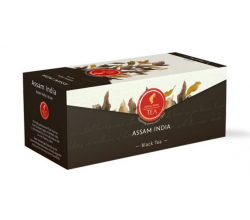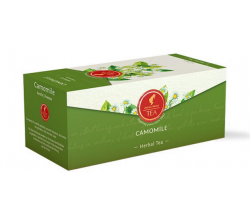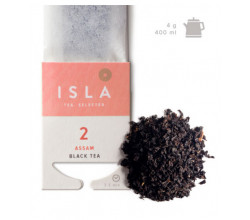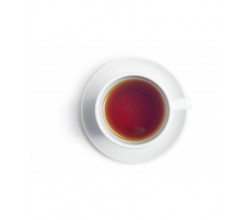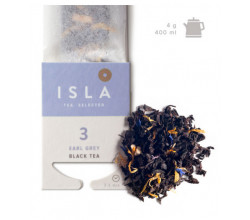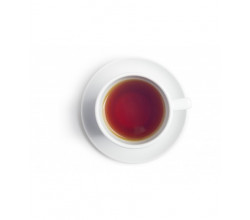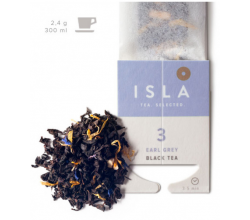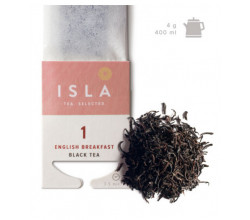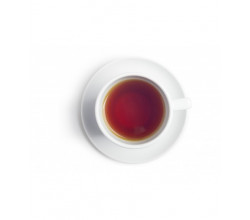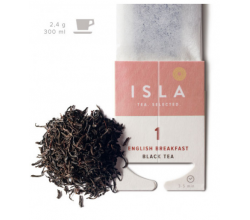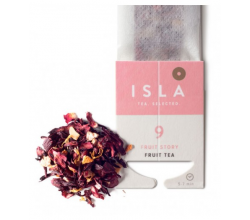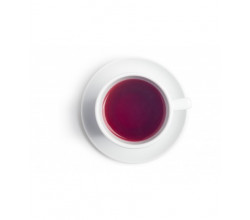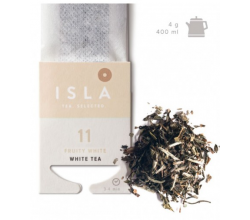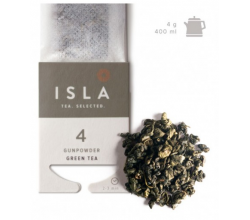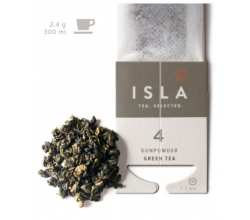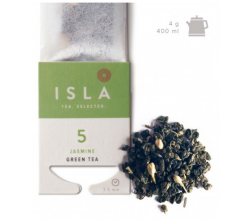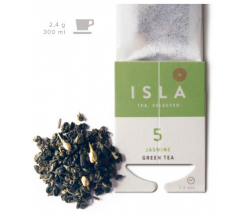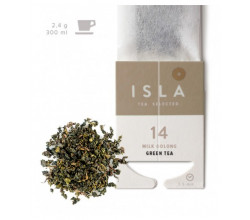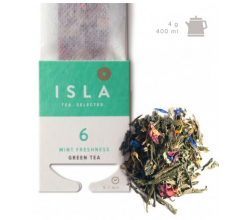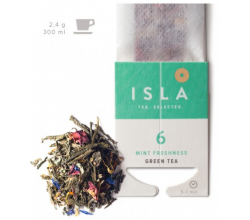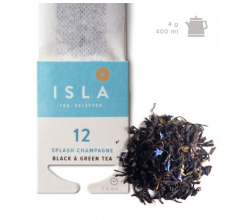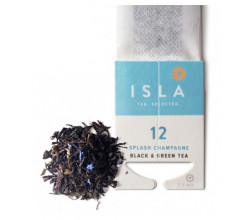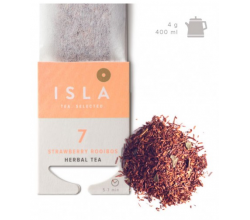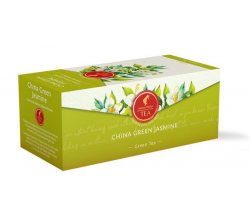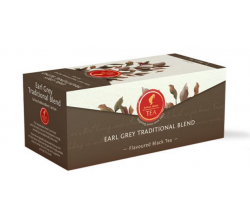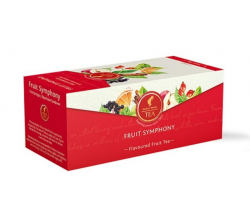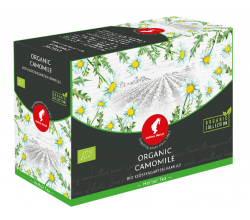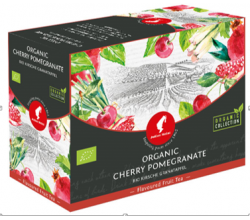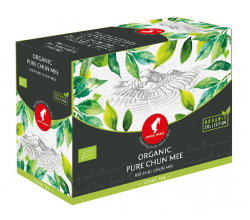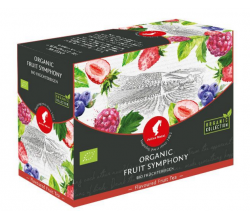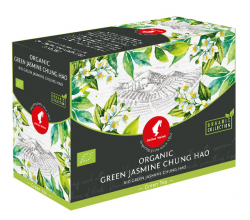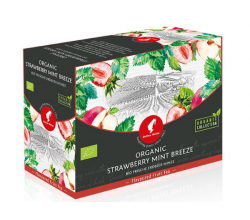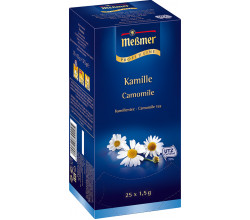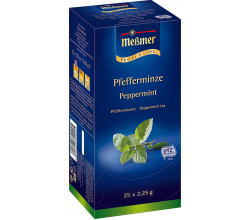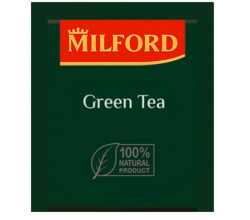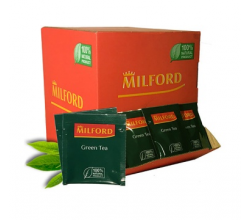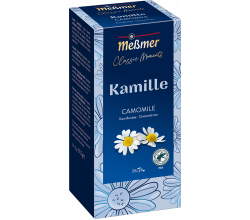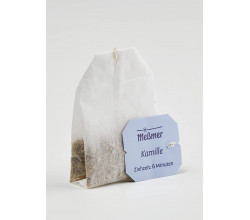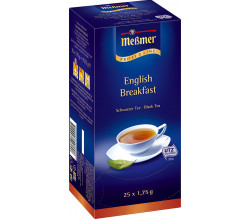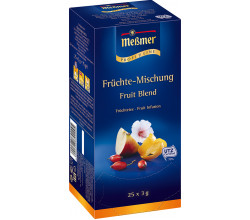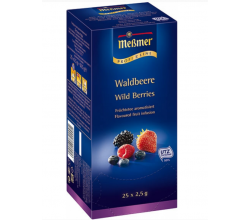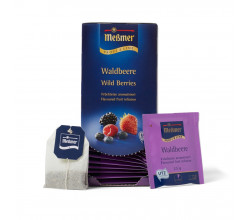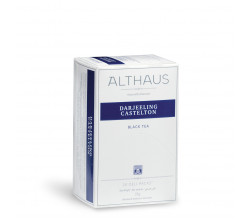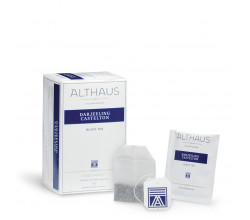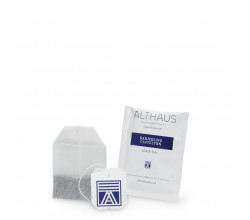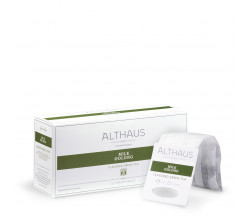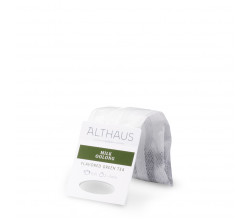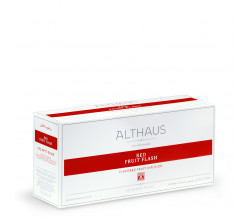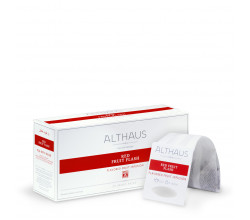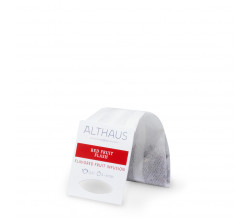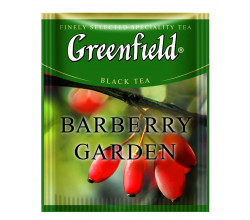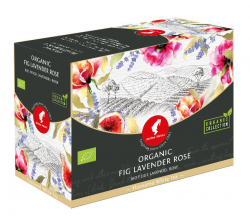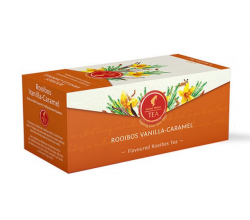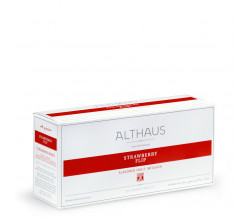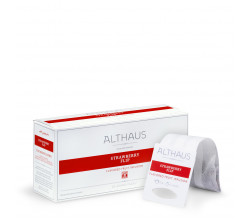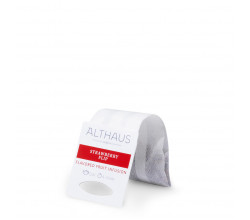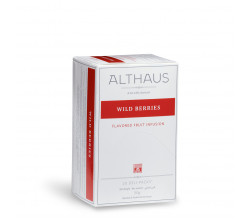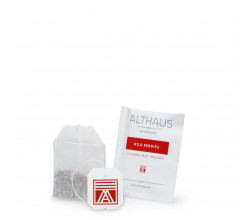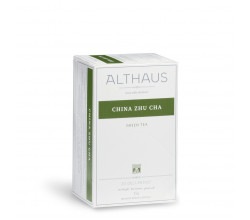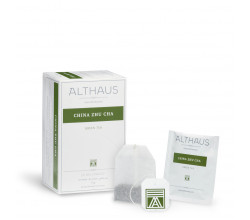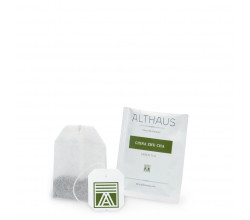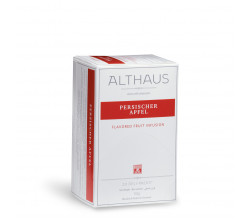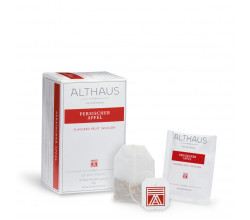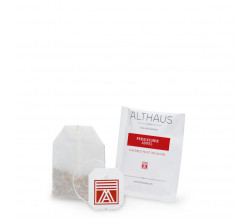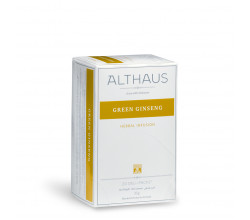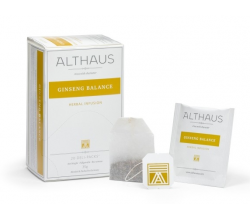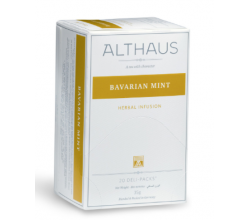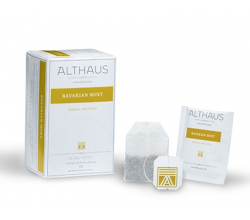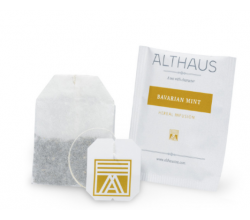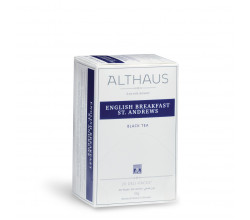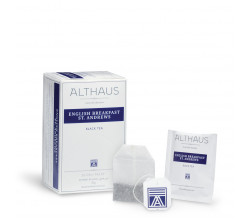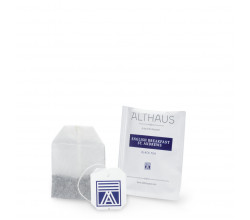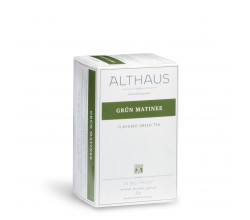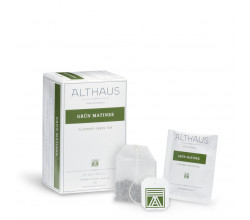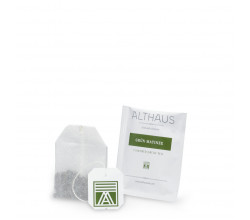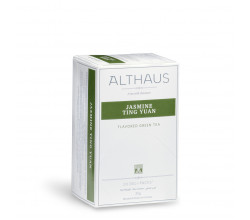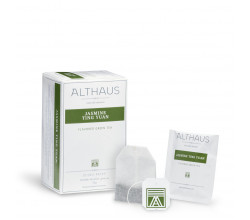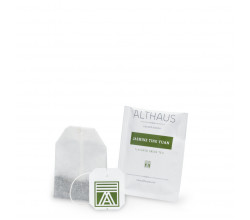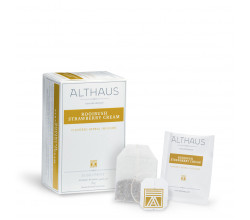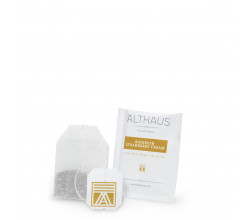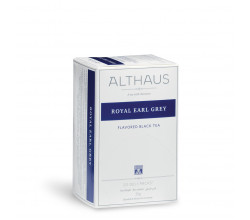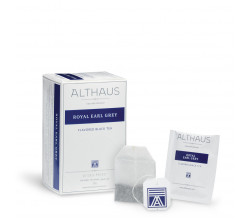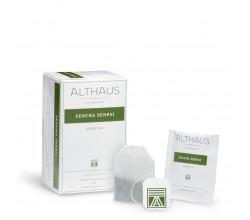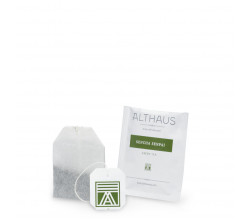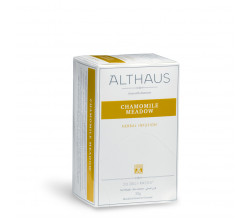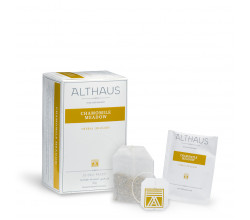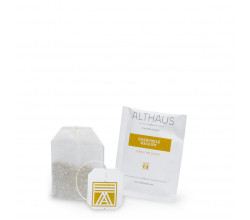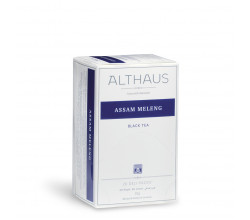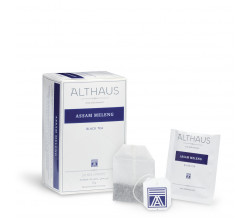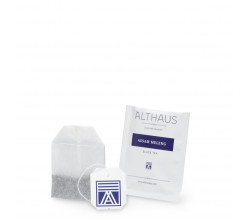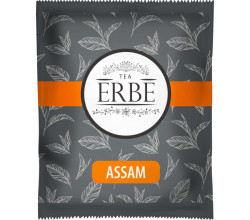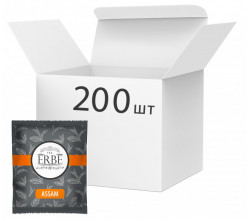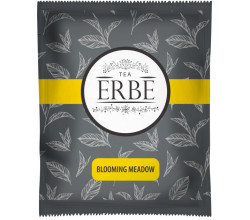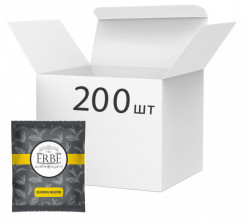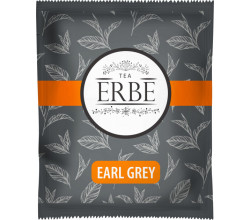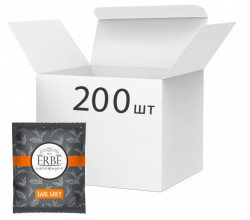Tea bags
Properties of tea bags. Harm and Benefit
Tea may seem like a relatively modern product. But did you know that he is already over 100 years old? A patent for a tea bag appeared in 1903, and already in 1904, the merchant Thomas Sullivan began their production. According to legend, a tea bag came into use by chance. Sullivan packed his goods in silk bags for delivery, and customers, not knowing how to brew the product correctly, lowered the bags into the water without opening. Gradually, silk was replaced with cheaper materials, and bags firmly entered our everyday life. Already in the First World War, soldiers were given tea bags as part of the ration. In 1929, an automatic packaging machine was invented, and in 1930 tea was packaged in paper fiber bags using heat sealing.
Before the invention of the tea bag, a whole teapot of tea had to be brewed each time. Now it was enough to boil water for one cup, which made tea drinking more convenient.
What were tea bags 100 years later? Are those who consider this type of brewing less successful than leaf brewing are right? What do scientists think about tea bags now? Let's try to figure it out.
Most tea bags are an envelope of filter paper with a portion of tea inside, to which a thread is attached. The shape of the bag itself can be any: classic rectangular, or pyramidal. There are bags without a thread, such are often found in manufacturers of herbal teas. In addition, there are tea bags without tea at all. These are envelopes in which you can put tea of your choice, they only facilitate the cooking process.
Do tea bags affect the taste of tea
This discussion has been going on for quite some time. A standard bag consists of wood raw materials and plant fibers, usually wood fiber, thermoplastic fiber, and abacus fiber (fiber from banana plants). Such a composition is considered safe and chemically inert, that is, not affecting the composition of the drink. But keep in mind that many sachets also contain pvc / polypropylene on the inside. In addition, there are manufacturers who use nylon mesh instead of wood fiber.
- Today, expert opinion on tea bags is very mixed for two reasons. According to recent studies, during brewing, millions of microscopic particles of plastic get into the drink, which can negatively affect health, especially with regular use.
- The second problem is biodegradability. While the plant fiber itself in the bag is subject to composting, those parts that contain plastic are not. So, some tea brands have already switched to plastic-free tea bags, for example, replacing it with corn starch. However, this is only the beginning of the journey.
What's in the bag?
But what's inside the bag? There are options. Some manufacturers produce a line of elite and fairly expensive drinks, including organic tea bags. But this category is not the main one. As a rule, small-sized raw materials, the so-called tea dust, are packed in packages. The point is practicality; a large sheet simply does not fit in a cup. As a result, such a product evaporates essential oils faster and the drink turns out to be strong, but usually not so aromatic.
The fortress is also associated with a higher level of tannins, which tea gives into the water. You need to follow it, since you can brew too strong a portion literally within half a minute.
If you prefer tea with sugar and milk, or you just need to cheer up, the option in the bag is quite suitable. But do not stop there. Tea is the richest product, which should be devoted a little time to discover a lot of new taste nuances.

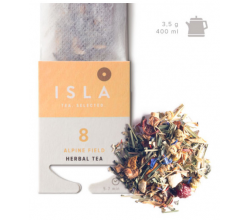
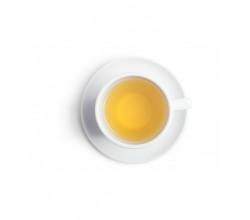
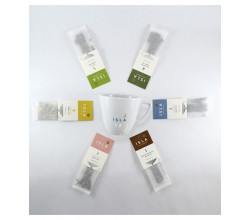
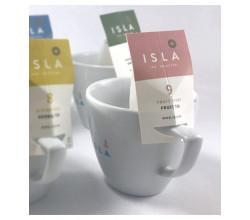
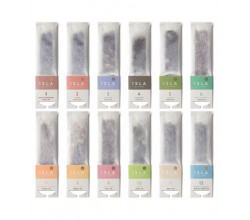
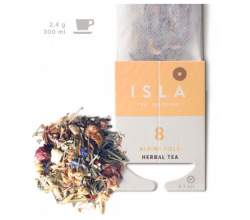
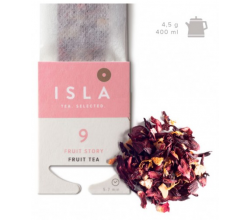
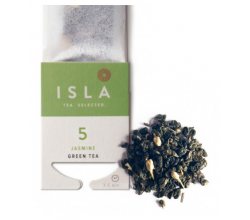
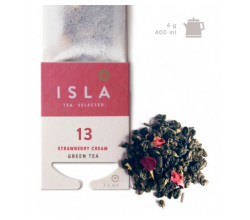
-250x220.jpg)
